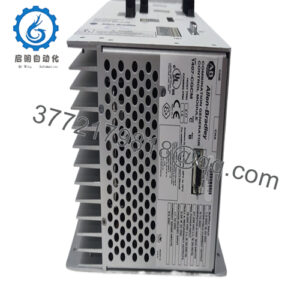Description
What This Product Solves
In process control and transportation systems where high-speed rail operations require flawless synchronization and passenger safety to avoid delays or evacuation risks during peak loads, the Alstom DB-5 (likely a reference to the DB5 high-speed train platform or signaling module in Deutsche Bahn’s fleet, based on Alstom’s DB-series integrations) serves as a critical enabler for engineers facing the challenges of legacy signaling or capacity constraints in mixed-traffic networks. Imagine a regional line in Germany where inconsistent ETCS (European Train Control System) handoffs from older trains cause speed restrictions or platform overruns, spiking energy use and passenger discomfort, or a cross-border corridor where voltage mismatches during synchronization lead to arc faults or desynchronization, inviting compliance fines under TSRI standards—these friction points often stem from modules that can’t bridge ETCS Baseline 3 and legacy signaling amid EMI or phase shifts in electrified tracks. This DB-5 signaling or train integration module counters them by providing adaptive ETCS management with programmable thresholds for up to five signaling channels, integrating diagnostics for sync loss and soft handoff to ensure seamless transitions without surges, sustaining stable outputs across 15-25 kV AC catenary ranges for reliable interoperability in real-time operations.
It gains prominence in industrial automation and rail control applications like regional passenger services or freight corridors, where high reliability in train-to-ground communication underpins EU TEN-T compliance and seamless multi-vendor synchronization for continuous uptime. The Alstom DB-5 interfaces via modular ETCS balises or onboard units with Alstom’s Atlas or ETCS Baseline 3 platforms, supporting up to five train sets in mixed-mode operations with Profinet or GSM-R for supervisory overlays, so you avoid the silos of standalone signaling in distributed networks. For teams retrofitting older DB Regio fleets, it aligns without extensive rewiring, easing upgrades by preserving analog sync loops while enhancing fault tolerance against transients up to 2 kV in vibration-heavy consists. In expansive rail automation deployments, its compact rack-mount design and 16.7/25 Hz adaptability handle thermal swings from -40°C to +70°C, enabling scalable expansions that absorb growing passenger loads without repeaters. By prioritizing adaptive ETCS logic and diagnostic relays, the Alstom DB-5 bolsters system stability, empowering tighter speed envelopes and reduced energy consumption that directly lifts efficiency, all while curbing the engineering overhead of manual resync in demanding transportation frameworks.
When evaluating signaling modules for interoperability-heavy networks, the Alstom DB-5 warrants consideration for its channel density and protocol flexibility, providing the synchronization reliability that unifies train operations in EMI-challenged or mixed-traffic environments without sacrificing response times.
How the Product Works & Fits into a System
The Alstom DB-5 (ETCS signaling module) operates as a multi-channel synchronization unit in the train control layer of Alstom’s ETCS or Atlas platforms for Deutsche Bahn (DB) fleets, managing speed, position, and synchronization for high-speed or regional trains. It mounts via rack or onboard in consists, where its core processor handles up to five signaling channels with adaptive PID loops for balise or radio-based inputs (e.g., 0-10 V or 4-20 mA), enabling ETCS Baseline 3 handoffs and soft ramping to prevent inrush speeds up to 10% per second. This setup supports programmable setpoints via onboard tools or SCADA, with relays for brake commands and Profinet/GSM-R for ground integration, ensuring synchronized operation without phase hunting.
- DB-5
In a typical hierarchy, it draws 24-110 V DC from the train bus, interfacing downstream to actuators (e.g., brakes) and upstream to HMIs for trending, while integrating with odometers for hot-sync under 200 ms. It pairs with expansion modules for extended I/O and complies with TSRI for performance verification, with diagnostics flagging desync or overloads via LEDs or bus alerts. Positioned as the synchronization engine between trains and infrastructure, the Alstom DB-5 streamlines control by consolidating ETCS functions in a single unit, where screw terminals facilitate screened cabling in cabinets—fostering a fault-tolerant pathway that scales with Ethernet/IP overlays, upholding sync precision across topologies without introducing speed sags or reconfiguration burdens.
| Specification | Details |
|---|---|
| Model Number | DB-5 (ETCS Signaling Module) |
| Brand | Alstom (for DB Integration) |
| Type | Train Synchronization Module |
| Input Voltage | 24-110 V DC |
| Operating Temp Range | -40°C to +70°C |
| Mounting Style | Rack / Onboard |
| Dimensions | 144 x 72 x 120 mm (W x H x D) |
| Weight | 0.5 kg |
| Interface/Bus | Profinet, GSM-R |
| Compliance | CE, TSRI, EN 50155 |
| Supported Protocols | ETCS Baseline 3, Profinet |
| Typical Power Draw | 10 W |
Real-World Benefits
Incorporating the Alstom DB-5 equips your fleet with synchronization stamina that sustains ±0.5% speed stability during handoffs, quashing the phase drifts that overload brakes and stall transitions in mixed-traffic runs, which in turn refines capacity and trims energy spikes from inefficient resync. This vigilance shines in ETCS configs, where soft ramping parses limits under 200 ms, often halving delay windows and letting operators focus on traffic forecasting over fault chasing.
Diagnostic outputs further optimize upkeep, with event logs that expose threshold breaches for targeted resets, streamlining audits to quarterly reviews that extend MTBF in monitored lines. Its rack form trims scaling friction too—populating cabinets demands only bus addressing via software, not chassis rewires, which conserves engineering for capacity profiling over hardware hunts. Built for consist grit, it withstands 5 g vibrations and 95% humidity with robust relays, buffering surges to lock in long-term synchronization, keeping your Alstom core adaptive to traffic surges or ambient shifts gracefully.
Typical Use Cases
In regional DB Regio lines, the Alstom DB-5 synchronizes Coradia trains for platform accuracy, where its ETCS logic endures humid, EMI-laced routes to enforce critical system uptime and seamless boarding in continuous service.
High-speed ICE corridors deploy it for baseline 3 handoffs, handling fast data cycles amid electrified, vibratory tracks to synchronize high-reliability speed profiles.
For freight DB Cargo hauls, this module aggregates odometer inputs, meeting heavy-load constraints with Profinet links that enable modular consist growth in expansive signaling networks.
Compatible or Alternative Products
DB-5 ETCS Baseline 2 – Legacy variant for non-B3 field upgrades in older DB fleets.
Alstom Atlas ETCS – Enhanced onboard unit for full ETCS integration in Coradia trains.
DB Regio Coradia Max – Compatible trainset for high-capacity regional deployments.
ETCS Balise Module – Ground-side add-on for track-to-train synchronization.
Alstom GSMR Radio – GSM-R module for communication redundancy.
DB-4 Sync – Four-channel predecessor for smaller synchronization needs.
GE ETCS Upgrade Kit – Modern successor for post-Alstom DB fleets.
Setup Notes & Maintenance Insights
Before deploying the Alstom DB-5, confirm firmware at version 3.x or later for Baseline 3 compliance, and torque terminals to 0.5 Nm to resist vibration loosening—loose fits amplify noise in dynamic consists. Balance bus loads under 80% during staging to prevent thermal spikes, and route signaling cables with twisted shielding to cap EMI below 2 mV, especially in cars near pantographs.
Sustaining it involves semiannual contact resistance checks at <50 mΩ with a micro-ohmmeter in humid depots, ensuring snug fits without residue bridging. Poll event logs bimonthly via the onboard tool to trend sync variances, addressing drifts over 1% with odometer tweaks. Semiannual handoff tests under simulated traffic validate ramping at 10% s, and archiving config files aids rapid restores. This pragmatic routine aligns with your PM cadence, forestalling desyncs that unsettle train harmony.

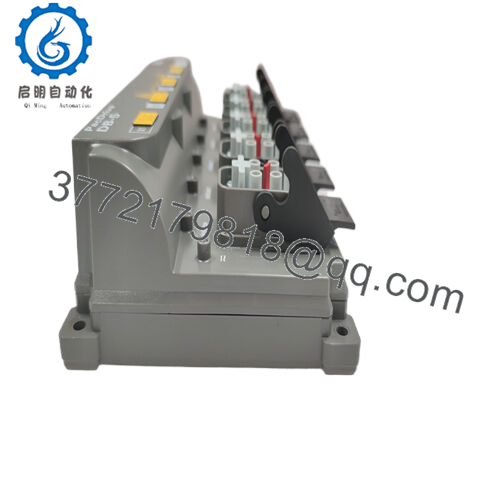
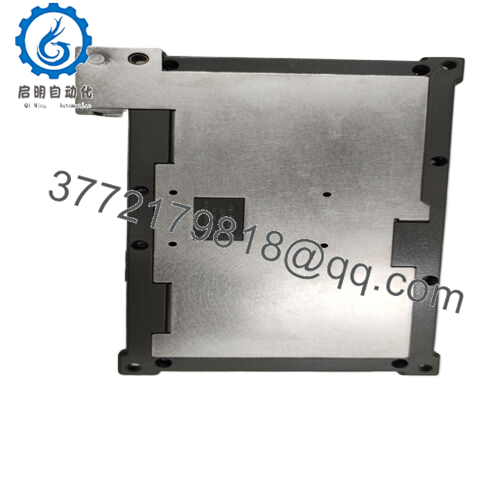
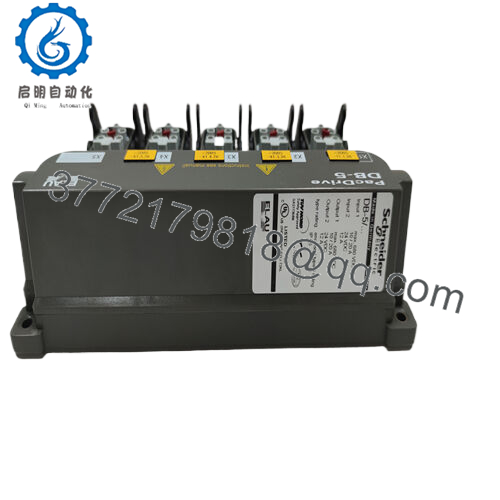
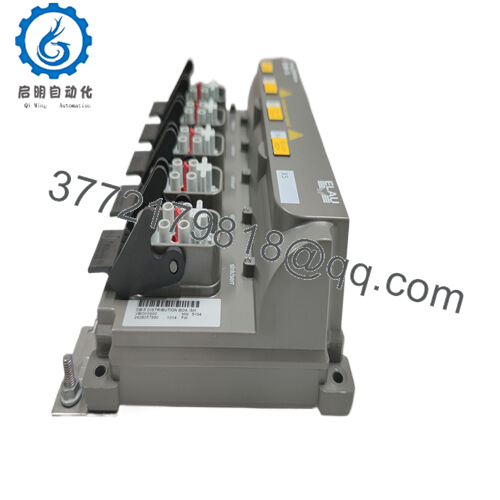
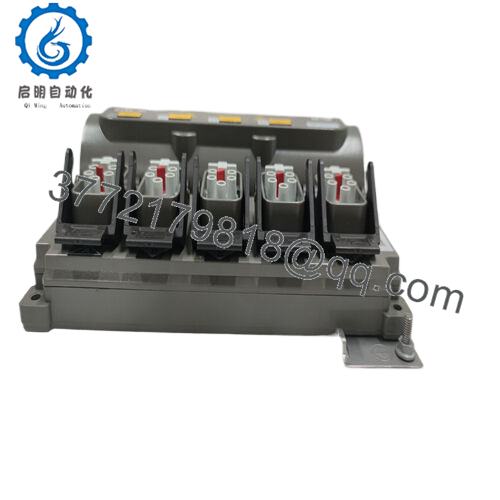
 WhatsApp: +86 16626708626
WhatsApp: +86 16626708626 Email:
Email:  Phone: +86 16626708626
Phone: +86 16626708626